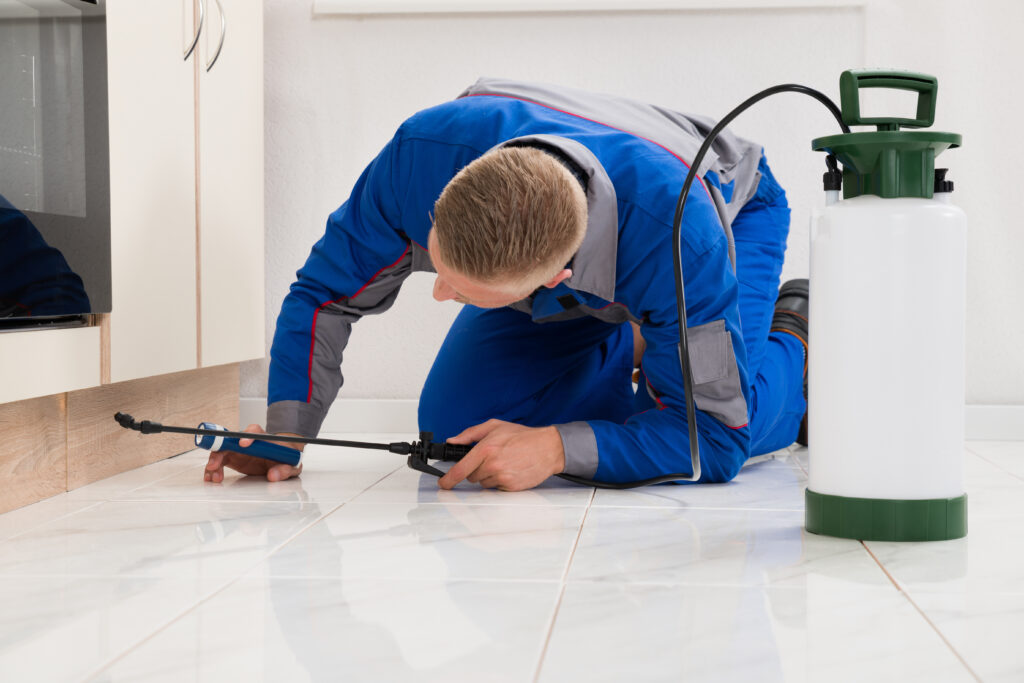Entry-Point Checks, Sealing Tips, and Why Infestations Can Quickly Spiral By Pest Control Xperts
Orlando is widely recognized for world-class attractions like Lake Eola Park, scenic neighborhoods, and vibrant shopping districts that draw visitors year-round. Yet, the same subtropical climate that appeals to tourists and residents can also attract rats and mice. This challenge isn’t limited to the city center; nearby communities such as Oviedo, Winter Park, Winter Springs, Altamonte Springs, Casselberry, and Longwood all face similar concerns. Below, we discuss common rodent entry points, practical sealing techniques, and why a small rodent problem can quickly become a significant infestation.
1. Why Rodents Thrive in Orlando and Surrounding Areas
- Year-Round Warmth
- Mild winters allow rats and mice to remain active, breeding and foraging continuously.
- Extended breeding seasons can mean rapid population surges, especially if left unchecked.
- Urban and Suburban Growth
- Ongoing development in places like Oviedo on the Park and new housing near Wekiva Springs provides nesting spots if proper home maintenance is not enforced.
- Overgrown vegetation, unsealed trash bins, or extra food scraps can further encourage rodents.
- Proximity to Lakes and Green Spaces
- Areas around Lake Eola, Lake Jesup, and other local water bodies in Winter Park or Casselberry offer moisture that supports rodent habitats.
- Florida’s natural vegetation and parklands create conditions where rats and mice can flourish without harsh cold seasons to slow them down.
2. Entry-Point Checks: How Rats and Mice Enter Homes
Rodents are clever and persistent, often finding ways inside through gaps homeowners overlook. Regularly inspecting your property’s exterior is essential to preventing infestations.
- Foundations and Walls
- Scan the base of your house for cracks, gaps, or damaged siding.
- Examine utility and plumbing line entry points for unsealed openings.
- Doors and Windows
- Repair worn door sweeps or weather stripping, ensuring no visible space at thresholds.
- Check window screens for tears or loose corners that rodents could exploit.
- Roofs, Soffits, and Attics
- Missing shingles or warped vent covers can allow rodents to climb or chew their way in.
- Gnaw marks, droppings, or shredded insulation in attics or ceiling corners often indicate a hidden nest.
- Garages and Storage Areas
- Small gaps below or around garage doors frequently become unnoticed entryways.
- Piles of clutter in sheds, basements, or utility rooms invite nesting if left unorganized.
3. Sealing Tips to Keep Rodents Out
Once you identify potential entry points, sealing them effectively prevents rats and mice from settling inside.
- Use Durable Materials
- Fill small holes with steel wool or wire mesh, then seal with caulk or foam to create a robust barrier.
- Cover larger gaps with hardware cloth or metal flashing to resist gnawing.
- Door Sweep Enhancements
- Even slight gaps at the bottom of exterior doors enable mice to slip through.
- Replace worn sweeps and confirm your garage door seals tightly against the ground.
- Vegetation Management
- Trim shrubs, vines, or tree branches that may contact outer walls or roofs.
- Clear away yard debris and leaf piles where rodents might nest near your foundation.
- Secure Trash and Food Sources
- Store garbage in bins with firmly attached lids, away from direct entrances.
- Avoid leaving pet food outside overnight, an irresistible lure to nocturnal pests.
4. Why Rodent Infestations Can Quickly Spiral
- Rapid Reproduction
- Rats and mice can have multiple litters each year, meaning a small group can explode in numbers in just weeks.
- Delayed response often allows colonies to grow before homeowners realize the scope of the problem.
- Constant Gnawing
- Rodents chew through wiring, wood, and insulation, which can compromise structural integrity or cause electrical hazards.
- Each new gap created can serve as an expanded entry point for more pests.
- Health Concerns
- Droppings and nesting materials contaminate surfaces, potentially reducing air quality indoors.
- Secondary pests such as fleas or mites may accompany rodents, complicating control efforts.
- Concealed Nesting
- Infestations often hide in walls, attics, or unused storage areas.
- By the time you notice visible signs—droppings or noises—populations can be well-established.
5. Pest Control Xperts Serving Orlando and Beyond
Pest Control Xperts offers tailored solutions to protect Orlando-area homes from rodents. Whether you’re near downtown attractions or in neighborhoods like Winter Park, Winter Springs, or Altamonte Springs, we prioritize inspections, sealing methods, and year-round preventive strategies to keep rats and mice at bay.
Ongoing Maintenance Tips
- Frequent Exterior Checks: Walk around your home’s perimeter monthly to spot new cracks or signs of chewing.
- Clutter Reduction: Use sealed bins for storage instead of cardboard boxes, limiting nesting materials.
- Prompt Repairs: Fix damaged screens, leaky pipes, or missing shingles soon after spotting them to deny rodents an easy foothold.
Final Thoughts
The Orlando metro area, encompassing Oviedo, Casselberry, and Longwood, is an attractive place to call home—unfortunately, the subtropical weather and expanding neighborhoods can also make it appealing to rats and mice. By diligently checking for entry points, strengthening vulnerable areas with durable materials, and acting quickly at the first sign of activity, homeowners can keep rodent infestations from spiraling out of control. With Pest Control Xperts by your side, you’ll have the professional guidance needed to ensure your property remains secure, comfortable, and pest-free.

